LATVIJA.FM
The Symbolism of the Latvian Lielvārde Belt
In the intricate weave of Latvian culture, few artifacts are as visually striking—or as symbolically rich—as the Lielvārde belt. This traditional woven sash, with its bold red and white patterns, is far more than a folk costume accessory. It is a spiritual code, a cultural manuscript, and a timeless emblem of Latvian identity.
Although it appears at first glance to be a beautiful piece of textile art, the Lielvārde belt holds within its patterns a tapestry of ancient symbols—many of which predate written language. Its enduring presence in Latvian tradition speaks to the profound connection between craft, belief, and national pride.
Although it appears at first glance to be a beautiful piece of textile art, the Lielvārde belt holds within its patterns a tapestry of ancient symbols—many of which predate written language. Its enduring presence in Latvian tradition speaks to the profound connection between craft, belief, and national pride.
A Belt That Tells Stories
The belt takes its name from Lielvārde, a town located along the banks of the Daugava River, often referred to as the mythological spine of Latvia. It was in this region that the tradition of weaving these belts flourished, reaching a symbolic and artistic peak in the 19th century. The most well-known version, sometimes referred to as the “Lielvārde sash,” features 22 ancient symbols, though variations may include even more.
These symbols, known as zīmes, are drawn from the same ancestral visual language that appears on ancient pottery, wooden carvings, and sacred sites across Latvia. Some represent natural forces, such as the sun (Saules zīme), thunder (Pērkons), or earth (Zemes māte). Others are protective signs, believed to guard against misfortune and channel spiritual energy. The belt, therefore, is not merely decorative—it is a woven spell, worn to connect the individual to the cosmos, the land, and the wisdom of the ancestors.
These symbols, known as zīmes, are drawn from the same ancestral visual language that appears on ancient pottery, wooden carvings, and sacred sites across Latvia. Some represent natural forces, such as the sun (Saules zīme), thunder (Pērkons), or earth (Zemes māte). Others are protective signs, believed to guard against misfortune and channel spiritual energy. The belt, therefore, is not merely decorative—it is a woven spell, worn to connect the individual to the cosmos, the land, and the wisdom of the ancestors.
From Pagan Rituals to National Icon
In pre-Christian times, such symbols were central to Latvian folk spirituality, which honored the rhythms of nature and revered a pantheon of deities. Belts like the Lielvārde were used in ceremonies, weddings, and rites of passage, sometimes even placed in burial sites as protective talismans for the journey to the afterlife.
As Christianity spread and Latvia’s political landscape shifted, the deeper meanings behind the symbols began to fade from common knowledge—but the belts remained. Women continued to weave them, often learning the patterns from mothers and grandmothers, preserving the ancient codes through hands and thread.
In the 20th century, as Latvia fought for independence and later resisted Soviet occupation, the Lielvārde belt emerged as a powerful visual metaphor for national endurance. It became a silent language of identity, worn proudly at Song and Dance Festivals, displayed in museums, and adopted by artists and designers as a distinctly Latvian motif.
As Christianity spread and Latvia’s political landscape shifted, the deeper meanings behind the symbols began to fade from common knowledge—but the belts remained. Women continued to weave them, often learning the patterns from mothers and grandmothers, preserving the ancient codes through hands and thread.
In the 20th century, as Latvia fought for independence and later resisted Soviet occupation, the Lielvārde belt emerged as a powerful visual metaphor for national endurance. It became a silent language of identity, worn proudly at Song and Dance Festivals, displayed in museums, and adopted by artists and designers as a distinctly Latvian motif.
National Recognition and Modern Revival
The significance of the Lielvārde belt has only deepened in modern Latvia. A stylized version of its pattern was even included in the Latvian passport design, making it not just a national symbol, but a literal marker of citizenship. The belt’s patterns have also appeared on euro coins, postage stamps, and Olympic uniforms—proof that ancient symbols still speak powerfully in today’s world.
Contemporary Latvian artists and craftspeople continue to reinterpret the belt, incorporating its patterns into fashion, jewelry, and graphic design. But the essence remains the same: a reverence for the past, and a desire to keep tradition alive in meaningful, evolving forms.
Contemporary Latvian artists and craftspeople continue to reinterpret the belt, incorporating its patterns into fashion, jewelry, and graphic design. But the essence remains the same: a reverence for the past, and a desire to keep tradition alive in meaningful, evolving forms.
More Than Thread and Color
To the untrained eye, the Lielvārde belt may look like a beautiful textile. But to Latvians, it is a narrative of survival, spirituality, and sovereignty. Each line and knot carries echoes of a worldview that sees life as deeply interconnected—with nature, with history, and with the divine.
In wearing or even beholding a Lielvārde belt, one enters a quiet conversation with Latvia’s ancient soul. It is a reminder that culture is not only remembered through words or monuments—but also through patterns woven with care, belief, and generations of love.
In wearing or even beholding a Lielvārde belt, one enters a quiet conversation with Latvia’s ancient soul. It is a reminder that culture is not only remembered through words or monuments—but also through patterns woven with care, belief, and generations of love.
Cover image: Pas z Lielvārde na gadżecie turystycznym. Photo by Nikodem62, CC BY-SA 4.0, via Wikimedia Commons.
Link to image source
Link to image source
